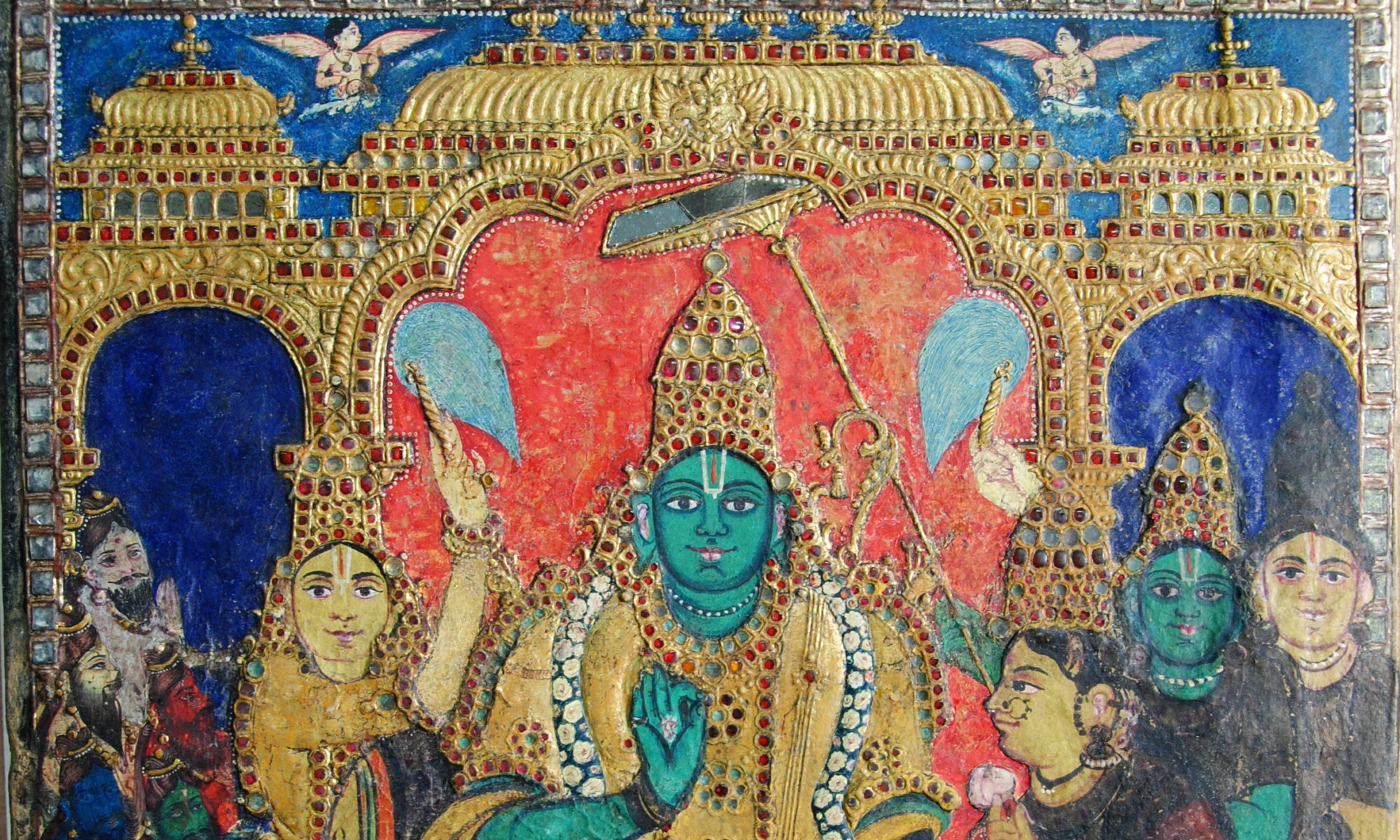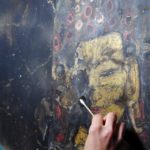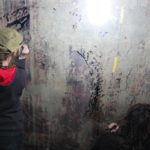Time, materiality and sacred do not have the same meanings in the two cultures and it is essential to keep this in ming while taking care of an asian work of art.
All these questions can be discussed together while elaborationg a restoration process.
My relfexions on the subjects have been enriched by several missions in himalayan buddhist temples as well as a thesis on the restoration of a south indian holy painting.
2018-2019 – Work in progress. RestOration of a traditional house in Nimmu – Ladakh – India.

Cleaning, filling and retouching
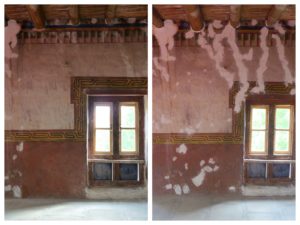
2016 – Restoration of Kungri’s buddist temple – Spiti – Inde.

This XIIIth century small temple burned in a fire some 300 years ago. The walls were covered in sooth and the monks didn’t even know there were magnificent paintings underneath. We mainly cleaned them and studied the iconographic representations.
2016 – Restoration of Lachen’s buddist temple – Sikkim – India.
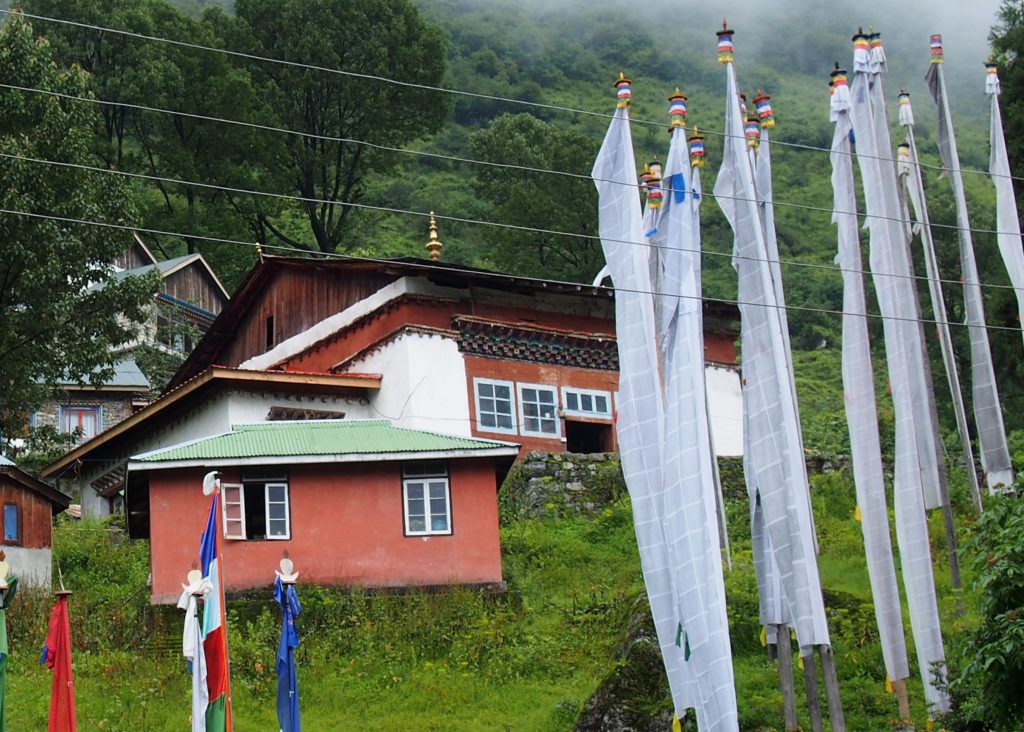
The temple stone walls were shaken by several earthquake. We collaborated with dry stone french experts and protected the wall paintings while the temple’s structure was being strenghtened.
We reassembled the fallen painted fragments and put them back on the wall after treatment.
2014 – 2016 – Thesis about the restoration of a XXth century sacred painting from Thanjavur – India.
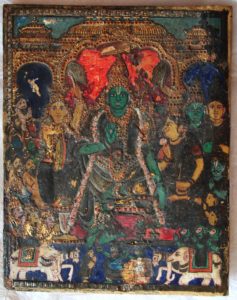

Study and restoration of a Ramayanâ scene made of wood, canvases, gold foil, semi-precious sones, glass and mirrors.

